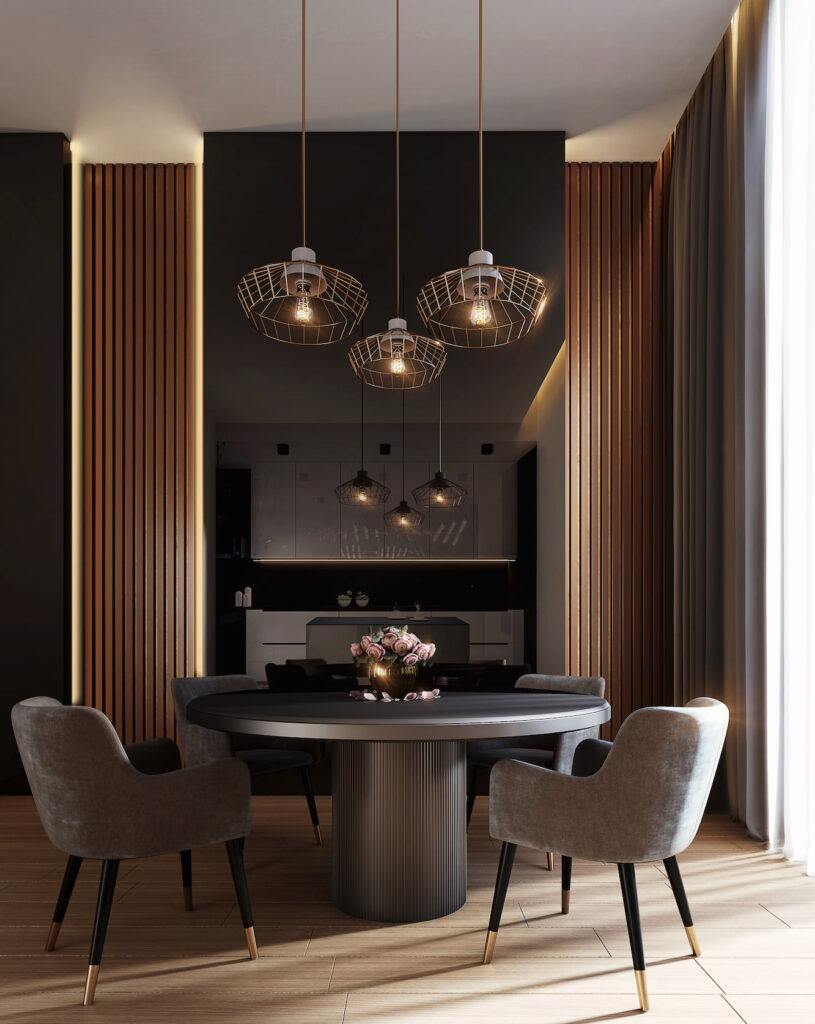Currently, the digitalization of consumption is emerging as an undeniable trend in the luxury sector. According to the Brazilian Electronic Commerce Association (ABComm), total sales in Brazil, in the first quarter of this year, surpassed the impressive mark of 40 billion reais. Therefore, this substantial number not only highlights the strength of digital retail. But it also highlights the transformation that the luxury market is facing.
Here, we will explore how the digitalization of consumption is taking hold in this sector. As well, they have been adding value to brands and providing incredible experiences for consumers. Let's dive into this digital revolution and understand why luxury is becoming increasingly digital.

The Impact of Digitalization of Consumption on the Luxury Market
In the past, the luxury sector has maintained a certain distance from online sales, that is, claiming that the physical experience was irreplaceable. However, the digital revolution has demonstrated that it is possible to maintain exclusivity and prestige, even in the virtual world. Today, digitalization is an undeniable reality, and luxury brands are quickly adapting to this change.
The Statistics Speak for Themselves
According to ABComm, digital consumption already represents more than 10% of all transactions in Brazilian retail. Furthermore, by the end of the year, the sector is expected to reach revenues of more than 172 billion reais. These impressive statistics highlight the significant impact of digitalization on the market.
Omnichannel: An Essential Strategy
A survey conducted by The Boston Consulting Group revealed that 80% of luxury consumers want omnichannel experiences. This means they want to interact with brands across multiple channels, whether online or offline. Multichannel strengthens the importance of physical retail, offering a comprehensive and holistic experience to consumers.
From pop-out stores, where customers can try products in the physical environment and make purchases online, to dialogue via WhatsApp, to the use of Artificial Intelligence and chatbots, technology has become a vital ally for luxury brands. These strategies increase customer satisfaction and make the purchasing journey even more positive.
The Role of Conversational Commerce
A crucial facet of the digitalization of consumption is conversational commerce. This approach involves interaction between consumers and businesses through digital support to improve customer service. Therefore, conversational commerce allows you to establish a deep connection with customers, offering real-time responses and personalized solutions.
The Power of Real-Time Interactions
Through conversational commerce, luxury brands can offer high-quality customer support, responding to questions and concerns immediately. This real-time interaction strengthens customer trust and improves the overall experience, a vital aspect for the luxury market.
The Importance of Humanized Care
The digitalization of consumption is like a new chapter in the history of retail. Humanized service is a hallmark of luxury brands. However, technology plays a key role in leveraging this approach.
Chatbots and Artificial Intelligence
Digitalization has brought a new meaning to the word 'convenience' in consumption. In this way, the introduction of chatbots and artificial intelligence in customer service has allowed luxury brands to offer a personalized and effective service. Chatbots can provide instant responses, solve common problems, and direct customers to desired products or services. This saves time and improves customer satisfaction.
The Symphony of Channels
The omnichannel strategy is a reality in the luxury market, and consumers now expect a perfect symphony between online and offline channels. This means that customers want the flexibility to explore products and services in physical stores, websites, as well as apps and social networks.
Pop-out Stores and Showrooming
Pop-out stores, where customers can try products in person, and showrooming, where they can see products in the physical environment before making an online purchase, are approaches that combine the best of both worlds. In other words, these strategies reflect the need to touch, feel and experience luxury, even in an increasingly digital world.
Concluding on the digitalization of consumption
The digitalization of consumption is a solid trend in the luxury sector, adding value to brands and providing unforgettable experiences for consumers. Finally, through conversational commerce, omnichannel strategy and humanized service, luxury brands are successfully adapting to the digital world.
My talent is helping entrepreneurs build their professional brands, so that they have a life of their own and become increasingly stronger in the market. Creatively conceptualizing in an authentic way, building new spaces through digital and physical channels; and executing strategic marketing actions to achieve results. 👨🚀